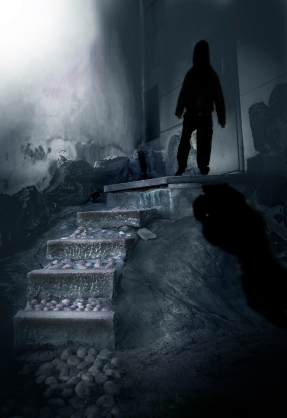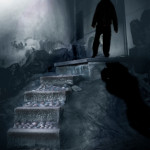Night terrors are a very upsetting sleep disorder which can affect just about anyone of any age; they are however most common in children between the ages of 3 and 12 and also in young adults between the ages of 20 and 30.
Night terrors are not the same as an ordinary nightmare but are much more severe in their presentation. Most of us have either experienced an ordinary nightmare or comforted a child as they wake up from a distressing dream but a night terror is far more dramatic and upsetting and presents itself as such. Those who experience them often have no memory of them the next day but during a night terror they can be found to be screaming hysterically and sometimes physically fighting those who try to calm them.
During a night terror, the person suffering will appear to be awake but be unable to focus normally; they do not appear to see the person trying to help them and have a “glazed” expression. This can of course be very distressing to witness and parents in particular feel helpless and upset that they cannot assist their child. It should be remembered however that night terrors are not uncommon and they do not show symptoms of any underlying mental disorder or disease. If your child or indeed you, are suffering from night terrors, read on to learn more about this common condition.
Why do night terrors happen?
During sleep, people go through various stages of slumber; the deepest stage is the one in which night terrors occur. As we sleep, our brains pass through a number of phases of activity. When we are dreaming we’re in REM (rapid eye movement) sleep and then after this stage, we pass into another, deeper stage where we are still and quiet. Once this stage passes, we move again into a lighter form of REM and it is this transition which is to blame for night terrors.
This period where we are most at risk of night terrors usually happens around three hours after we have fallen asleep. Children and young people can sometimes have difficulty with the transition and as a result become terrified and distressed for no apparent reason. Often parents report their child suddenly sitting up, crying, shaking and screaming; they may gasp for breath or have a rapid heartbeat and some appear to swipe at nothing as though they are being attacked. Talking, hugging and waking don’t seem to work and the child often continues to show distress for some time until suddenly, the symptoms disappear and the child sleeps peacefully once more.
Should I worry about night terrors?
No…night terrors are very normal and they don’t last for long….the main point to remember if you or your child is suffering from night terrors is that while they are distressing to watch, they don’t indicate any problems and children will not remember them the next day. To calm your child, talk to them gently and stay near them; most will simply lie back down and sleep peacefully after a few minutes of distress.


